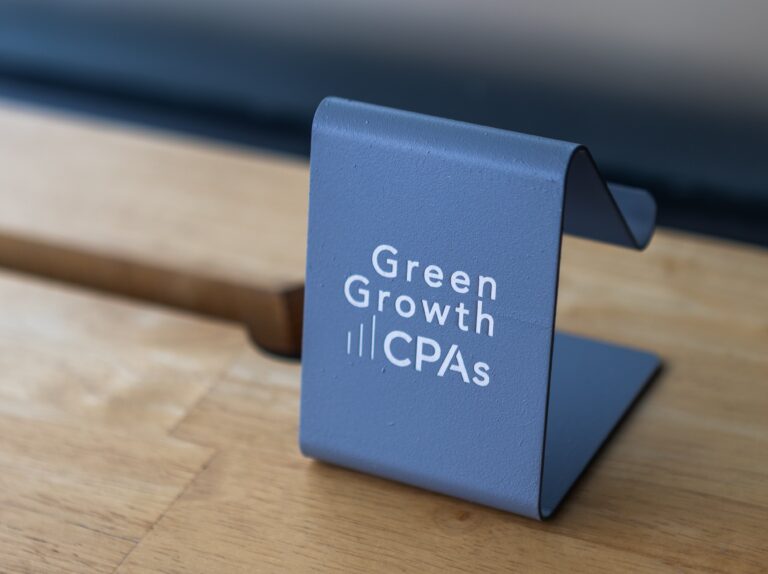The world of taxes can often seem dizzyingly complex, particularly when understanding and applying asset depreciation deductions. As a crucial element of tax planning, understanding depreciation, its eligibility criteria, calculation methods, and potential tax benefits can significantly influence your business’s financial landscape. This article aims to demystify the concept of depreciation, providing valuable insights into its real-world application for businesses.
Fundamentals of Asset Depreciation
Depreciation is a fundamental concept in accounting and tax planning. It represents the reduction in the value of an asset over time due to factors like wear and tear, obsolescence, or age. In simpler terms, depreciation of expenses allows businesses to recover the cost of an asset over its lifespan through tax deductions.
Who is Eligible to claim Depreciation?
Businesses or individuals owning property or assets that meet the following criteria can leverage depreciation:
- The property is used for business or to generate income,
- The property is owned by the taxpayer (even if it’s leased or under a mortgage)
- The property has a determinable lifespan (it will wear out, decay, or become obsolete over time)
- The property is expected to last more than one year
Note: Land cannot be depreciated, but some land improvements may qualify.
Types of Depreciation
Different methods are available to calculate depreciation. The choice of method depends on the type of property and the specific financial circumstances of your business.
Straight-Line Depreciation
The simplest form of depreciation, straight-line depreciation, spreads the cost of an asset evenly over its useful life. For instance, using this method, a property worth $100,000 with a useful life of 10 years would depreciate by $10,000 each year.
Declining Balance Methods
Declining balance methods, including 150% and 200% declining balance, allow for more significant deductions in the early years of an asset’s life. These methods are beneficial for assets that lose their value quickly.
Special Depreciation Allowance
The Special Depreciation Allowance, modified by the Tax Cuts and Jobs Act (TCJA) of 2017, allows businesses to deduct 100% of the cost of qualifying property in the year it is put into service. This allowance applies to depreciable property with a recovery period of 20 years or less.
Section 179 Expensing
Section 179 of the U.S. tax code allows businesses to deduct the full purchase price of qualifying equipment and/or software purchased or financed during the tax year. This method helps businesses reduce their current year’s tax liability instead of capitalizing and depreciating the asset over time.
How to Maximize Depreciation Through Cost Segregation
Cost segregation can be a powerful strategy to maximize your depreciation deductions. It involves identifying and separating the components of a building that qualify for accelerated depreciation, thereby allowing for more significant deductions in the early years of property ownership.
How Depreciation Affects Taxes
Depreciation helps lower taxes by reducing income. It can also lower your tax bracket and decrease the amount of taxes you owe. It’s not a tax credit; it lowers the amount used to calculate your business’s taxable income.
Claiming Depreciation as a Tax Deduction
Claiming depreciation requires detailed information about the original cost of the depreciable assets. The necessary forms to claim depreciation as a deduction depend on your business structure, and the process can be complex.
Bonus Depreciation and its Phase-Out
Bonus depreciation, which allows for a 100% write-off of qualifying purchases in 2022, began phasing out 2023. This phase-out necessitates strategic tax planning.
The bonus depreciation percentages for these assets are set to decrease over the coming years. Here’s a snapshot of the timeline:
- 2022 = 100%
- 2023 = 80%
- 2024 = 60%
- 2025 = 40%
- 2026 = 20%
- 2027 = 0%
The Role of Tax Professionals in Depreciation
Given the intricacies of depreciation, consulting with experienced tax professionals can be beneficial. They can help you navigate the complexities of depreciation, choose the best method for your business, and avoid common pitfalls.
Conclusion
Understanding and applying depreciation deductions can be complex but offers significant tax-saving opportunities. While the calculations can be intricate, leveraging the expertise of tax professionals can help you navigate this landscape, ensuring you make the most out of your depreciation deductions.
Remember, an informed decision today can lead to substantial savings tomorrow. If you need further assistance navigating the world of depreciation and tax planning, contact our trusted experts to discuss your specific situation.





